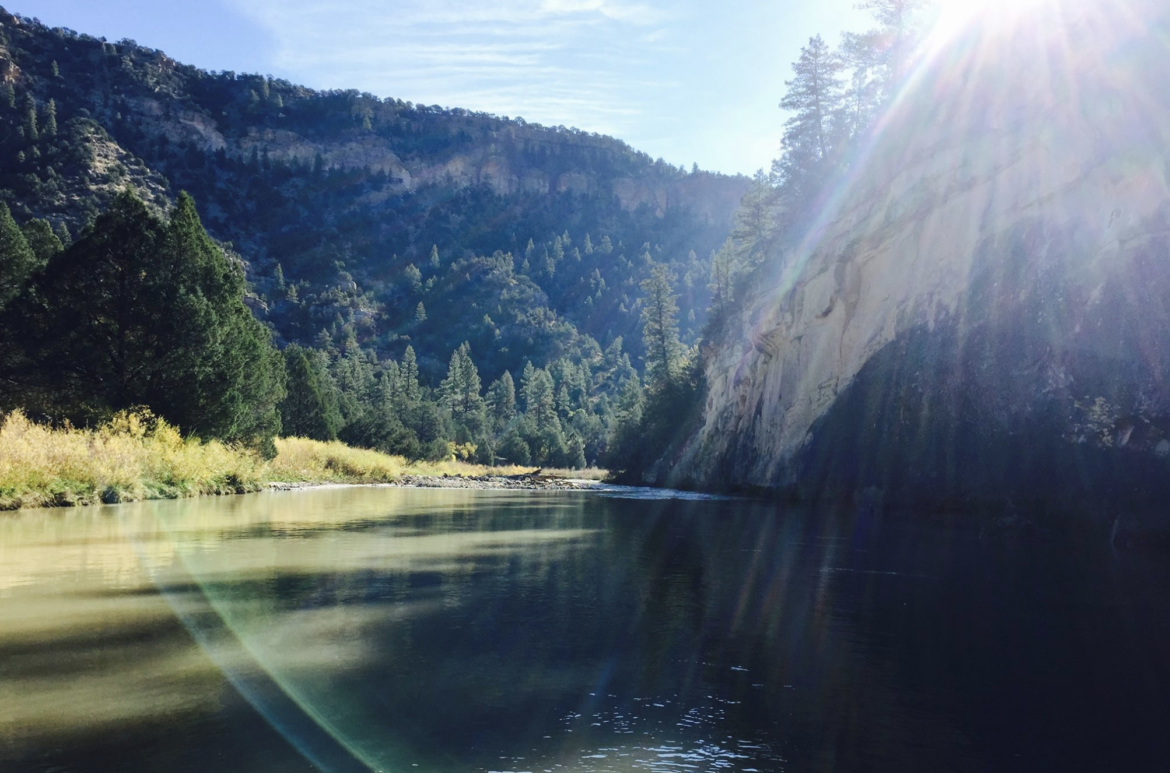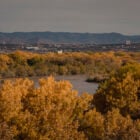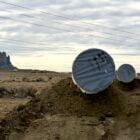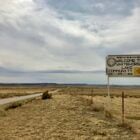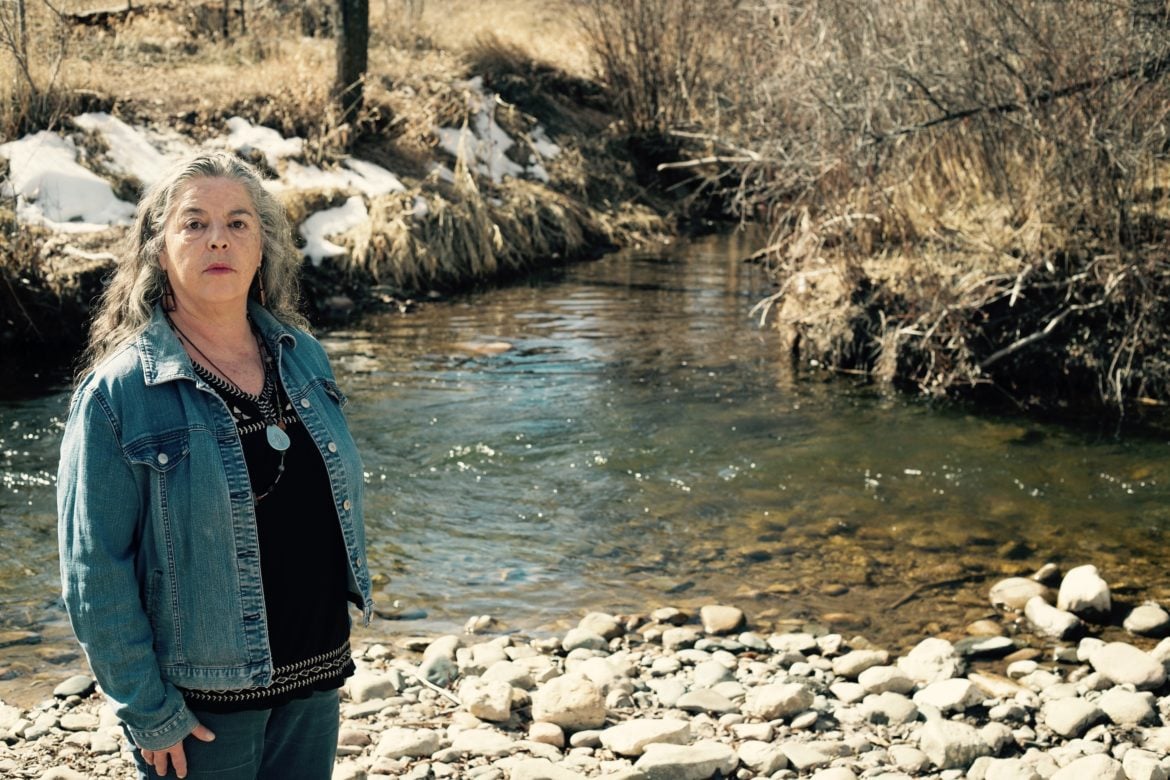Environment
Regional water planning shortchanged in state budget, advocates say
|
There’s a tale of two cities unfolding in eastern New Mexico: Clovis and Portales both rely on a single source of potable water, the Ogallala Aquifer. That aquifer is finite and rapidly depleting. Five years ago, New Mexico Tech offered both communities aquifer mapping research to predict how long their reserves might last. That research guided Clovis to shutting off 51 irrigation wells and saving 4 billion gallons of water. Portales didn’t choose to use it.
